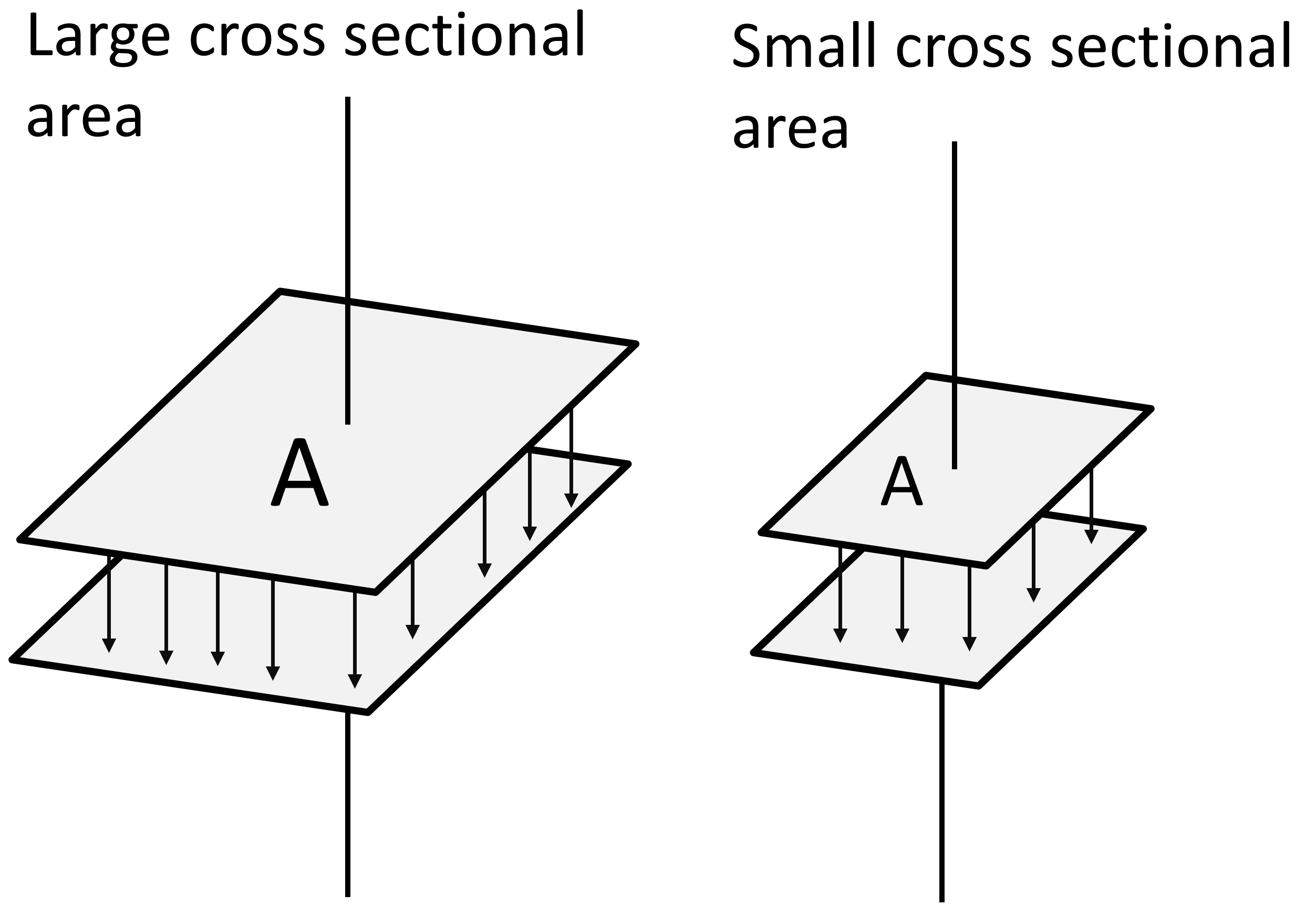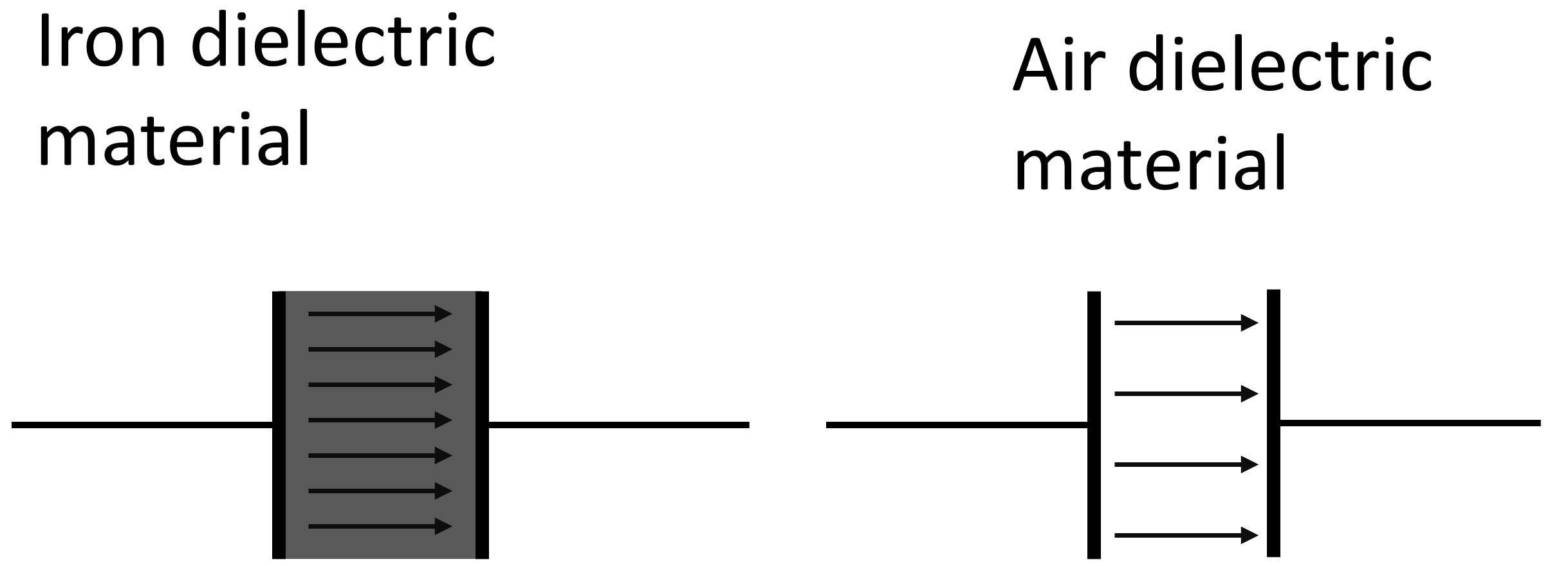Capacitance and factors affecting capacitance explained.
Electrostatics.
Electrostatics is the study of charges at rest or the interaction of stationery charges.
What does it mean to say stationery charges or charges at rest?
In other words if a body with an excess of electrons is suspended in air where its excess electrons or charges have nowhere else to go, these charges are said to be stationery.
In electrostatics we are studying these charges, how they behave among themselves inside a body and also with other charged bodies near them.
- Like charges of electricity repel each other, whereas unlike charges attract each other.
- The force of attraction or repulsion between two electrically charged bodies is directly proportional to the magnitude (amount) of their charges while inversely proportional to the square of the distance separating them.
There are two laws of electrostatics that are:
The relationship of electrons and protons to electric charges
Protons and electrons carry electric charges. Protons carry positive charges whilst electrons carry negative charges. If a body somehow loses electrons, it becomes positively charged since the body is left with more protons than electrons.
On the other hand, if a body gains electrons it becomes negatively charged since the body has more electrons than protons.The total deficiency or excess of electrons in a body is its charge.
We usually talk about electrons because protons can't move, they are contained inside the nucleus of the atoms of a body.
When a body contains an equal number of electrons and protons, the charges on protons and electrons cancel each other and the body is said to be neutral.
There are various ways in which a body loses or gains electrons which include rubbing two bodies of different material that have a different ability of giving up electrons and connecting two parallel conducting bodies/plates to different potentials of a voltage source e.g a battery.
NB - A body we are talking of is any material that is capable of gaining or losing electrons such as a conductor.
When two neutral parallel plates or bodies are put closer to each other separated by air or other dielectric materials and connected to a source of voltage like a battery as shown below. The amount of charges the plates can store is determined by their capacitance.
 Capacitance - is the property of two parallel plates that determines how much electric charges the plates can store corresponding to the voltage across them.
Capacitance - is the property of two parallel plates that determines how much electric charges the plates can store corresponding to the voltage across them.
A device designed with a known value of capacitance or a device designed to introduce a known value of capacitance into a circuit is called a capacitor.
There are various applications of capacitors that include smoothing of rectified ac voltage, power factor correction, etc. The following are factors that determine the capacitance of two parallel conducting plates or a capacitor.
Factors affecting Capacitance.
There are three factors that affect the capacitance of a capacitor that are the type of dielectric material, the distance between plates, and the cross sectional area of the plates.
These factors affect the capacitance of a capacitor by determining how much electric field lines can be established between its two plates.
Cross sectional area(A).

Capacitance varies directly with the cross sectional area; that is, if the cross sectional area of plates is increased, capacitance also increases.
This is because larger plates provide a greater space to store electric charges that are responsible for electric field formation. Therefore as plate area increases, capacitance also increases.
Distance between Plates(d).

Distance between plates is also known as the dielectric thickness. Capacitance varies inversely with the distance between plates; that is, when dielectric thickness is increased capacitance is reduced.
This is because large space between two parallel plates offers more opposition to formation of electric field.
Dielectric material.

Dielectric provides an easy establishment of an electric field while preventing excess electrons from directly moving from one plate to the other plate.
There are several materials used as dielectric such as air, mica, paper and more.
Capacitance of a capacitor depends on the dielectric material used.
Materials for dielectric are measured based on permittivity. Permitivity is the easy with which an electric field can be established through a material. The larger the permittivity value the larger also the capacitance is.
To get the actual capacitance of a capacitor, we combine the three factors in the following formula. Capacitance is equal to cross sectional area multiplied by absolute permittivity (Er.Eo), all over distance between plates.

Example
A capacitor has plates with an area of 0.12m^2 and are 1m apart, seperated by air. Calculate its capacitance?
If you have made it this far, thanks for reading. Please consider subscribing to our YouTube channel for more electrical tutorials.